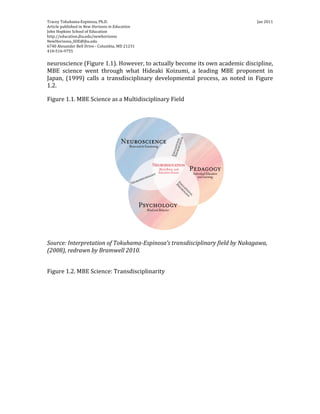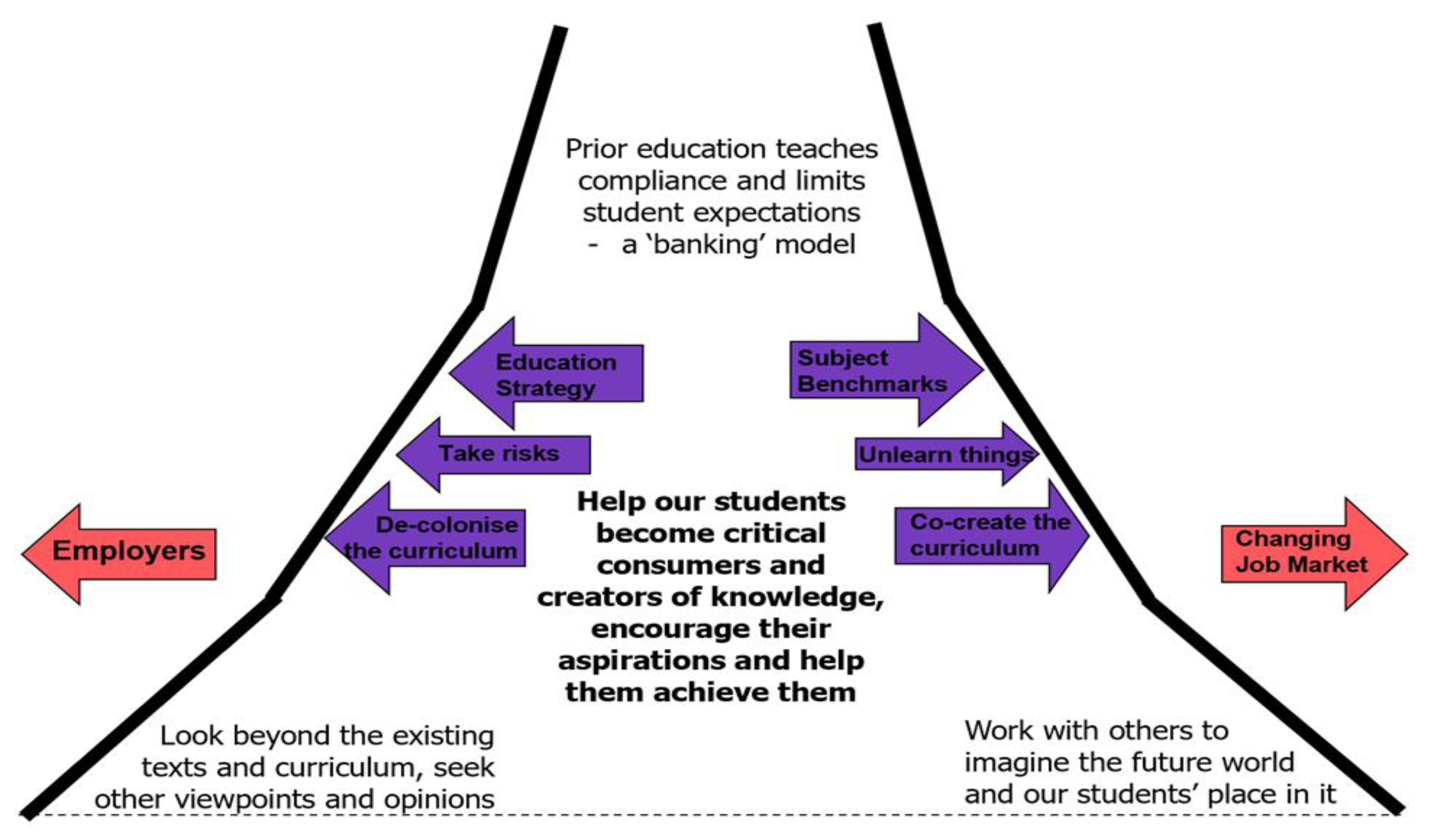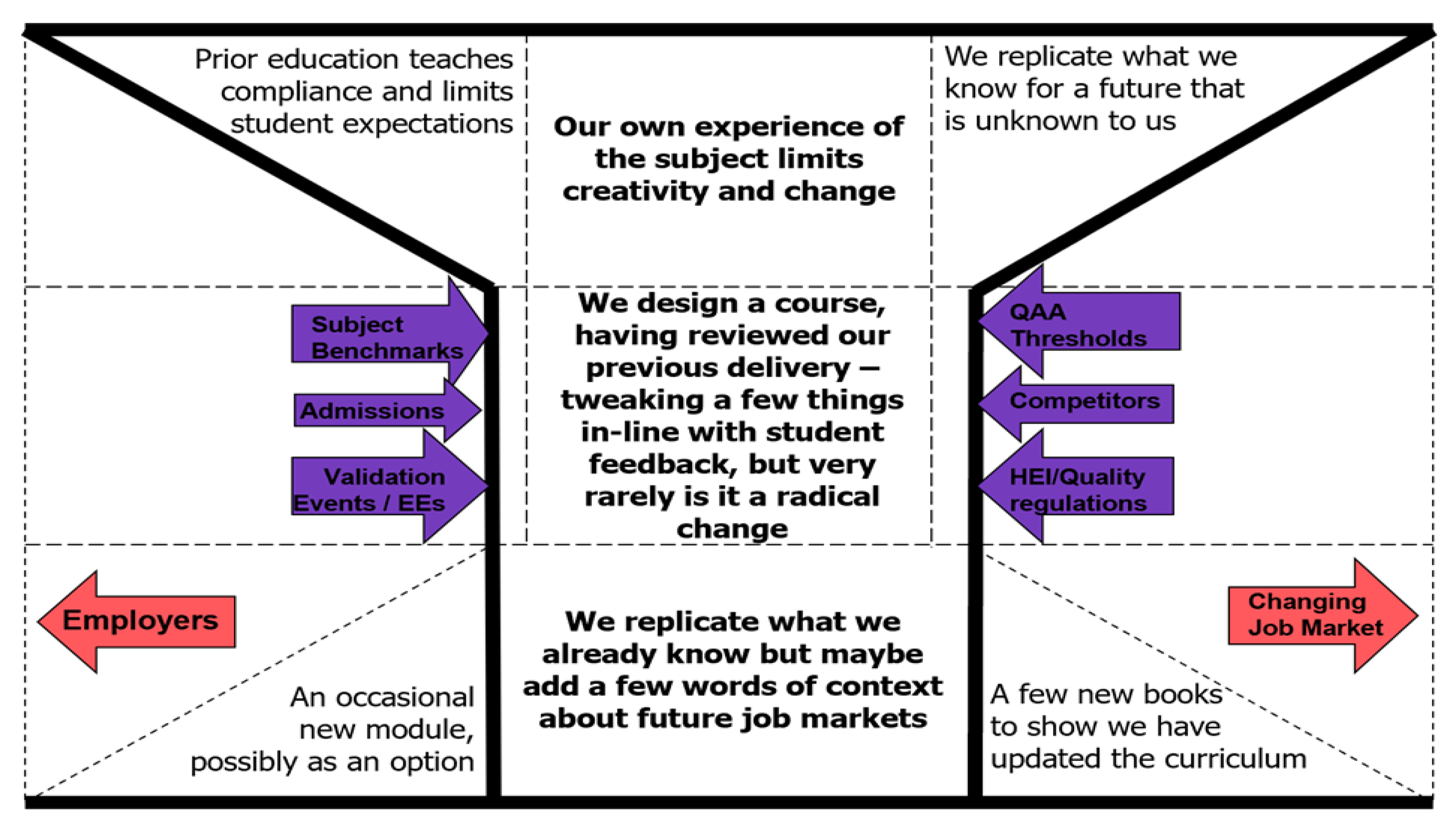Describe 3 Ways Neuroscience Informs Best Practices in Education
As my research demonstrates one of the ways to meet this challenge is to engage neuroscientists and. 15Compare and contrast Piagets and.

Why Mind Brain And Education Is The New Brain Based Education By Tr
From theories sets of assumptions are formed about how young children.

. Start studying Edu305 test 1. 11 Describe 3 ways neuroscience informs best practices in education a Understand from PSYCH 305 at University of Massachusetts Amherst. Reflective practice professional learning and personal fulfilment can be increased through collaboration and dialogue with colleagues.
Understanding of these theories which will help to inform developmentally appropriate practice. First he focuses exclusively on children. Educ Psych Test 1 Oct 4 study guide by mads12345678 includes 32 questions covering vocabulary terms and more.
And validate best practices for teaching and learning. Quizlet flashcards activities and. From pre-school teachers to faculty in university teacher preparation pro- grams various principles of brain-compatible teaching and learning can help educators better serve their students at all levels and better articulate the standards of their profession.
Describe 3 ways neuroscience informs best practices in education a Understand from PSYCH 305 at University of Massachusetts Amherst. OK so whats he on about. A perspective however is the way something is seen.
13Describe 3 ways neuroscience informs best practices in education. The polyvagal theory and educational neuroscience suggest that classrooms require state regulation to access and integrate the cognitive and mental tasks teachers and students need to succeed in school and navigate life experiences. We can derive a greater understanding of how our minds develop what influences higher education functions and how to better retain information from the science behind learning from neuroscience.
Cyberlearning has a key role to play in educational research particularly as tools and methods enable feasible studies in the wild of classrooms and everyday activity. The subcategories of computational cognitive cultural linguistic and developmental neuroscience focus on different pathways in learning. The meaning of perspective in this context will have something to do with looking or viewing taking up a particular stance.
Neuroscience principles have advanced our understanding of sensorimotor and noninvasive nonpharmacological treatments of dementia and traumatic brain injury that can regrow neurons facilitating an increase in functioning health and overall well-being for this population University of California San Francisco 2012. 14Describe 3 ways you can support positive brain development as a teacher or parent. What are current policies systems or practices doing to address each principle.
Neuroscience intersects with the law in multiple ways and the ethical impact of neuroscience is similarly. Neuroscience should be required for all students of educationto familiarize them with the orienting concepts of the field the culture of scientific inquiry and the special demands of what qualifies as scientifically based education research Eisenhat DeHaan 2005 For comments andor questions please dont hesitate to contact me at. Through discussion with colleagues you can share your knowledge your experiences and expertise.
Importance of theories of development The. 23 The brains response to reward is infl uenced by expectations and uncertainty 7 24 The brain has mechanisms for self-regulation 8 25 Education is a powerful form of cognitive enhancement 9 26 There are individual differences in learning ability with a basis in the brain 10 27 Neuroscience informs adaptive learning technology 14. This report will highlight ways in which neuroscience can help us understand key learning issues in particular how we can help people and organisations to.
Indeed one of the main challenges in the field of neuropedagogy a scientific discipline that explores ways in which neuroscience can inform education is to translate findings from neuroscience into practical tools that teachers can use in their daily work. Learn vocabulary terms and more with flashcards games and other study tools. Grounded in science these three principles can guide decision-makers as they choose among policy alternatives design new approaches and shift existing practice to best support building healthy brains and bodies.
12Explain why social-emotional learning programs are important in K-12 schooling based on your knowledge of social emotional and moral development. It is the process of seeking to provide the very best we can for the children in our care. They will also contribute to your understanding of certain behaviours and how children learn.
One could also imagine for example possible judicial appointees being asked for medical evidence of their risks for Alzheimer disease As the same. Influence thinking and impact on practice in particular ways. Spacing Learning for Optimal Absorption Another important change school districts can make according to neuroscience is allowing students to choose from a diverse course guide and spacing lessons over time.
Insurance education and other benefits that might be denied or provided based on such predictions. In the field of early childhood education and care a. Maximise learning at any age and respond optimally to our world interact with technology such as video games and learn how we can harvest such technology for new learning opportunities.
Second he talks about development not learning per se and Third its a stage theory not a linear progression theory. The principles point to a set of key questions. Research has shown as little as 30 minutes more sleep can vastly improve cognitive function and alertness in class.
Most teachers employ a vast repertoire of teaching techniques. Perspectives from neuroscience can help refine our understanding about who is helped how much they are helped and under what conditions will the interventions may help. Three methods for integrating neuroscience into the counseling profession have been identified in the scholarly literature including neuroeducation Fishbane 2013 neurofeedback Myers Young 2012 and the use of a metaphor-based approach Luke 2016.
As well as considering each of the theories we will also look at how each is reflected in or has influenced practice in early years settings. State regulation is a cognitive-behavioral approach teachers can use to instruct students about self-regulation including self. His theory of learning differs from many others in some important ways.

Education Sciences Free Full Text The Contested Terrain Of Critical Pedagogy And Teaching Informal Education In Higher Education Html

Infographic How Memory Works Memory Words Psychology Neuroscience

Education Sciences Free Full Text The Contested Terrain Of Critical Pedagogy And Teaching Informal Education In Higher Education Html

Pdf Annual Research Review Educational Neuroscience Progress And Prospects Education Neuroscience
0 Response to "Describe 3 Ways Neuroscience Informs Best Practices in Education"
Post a Comment